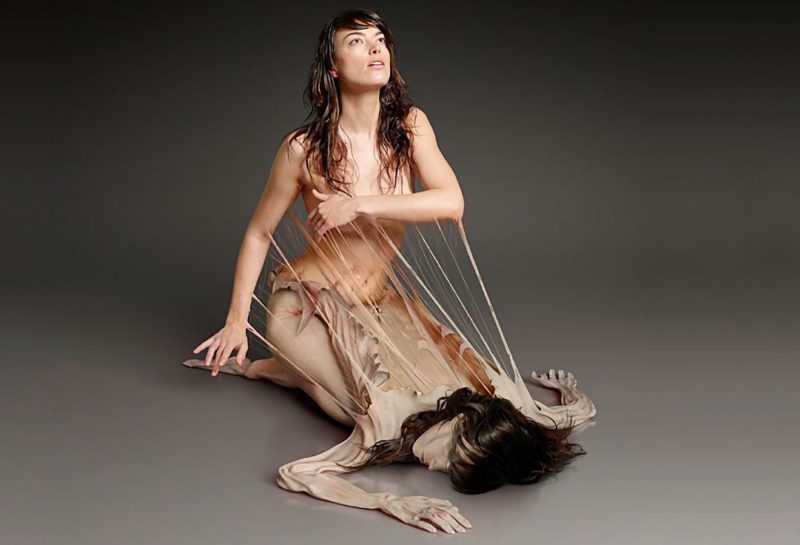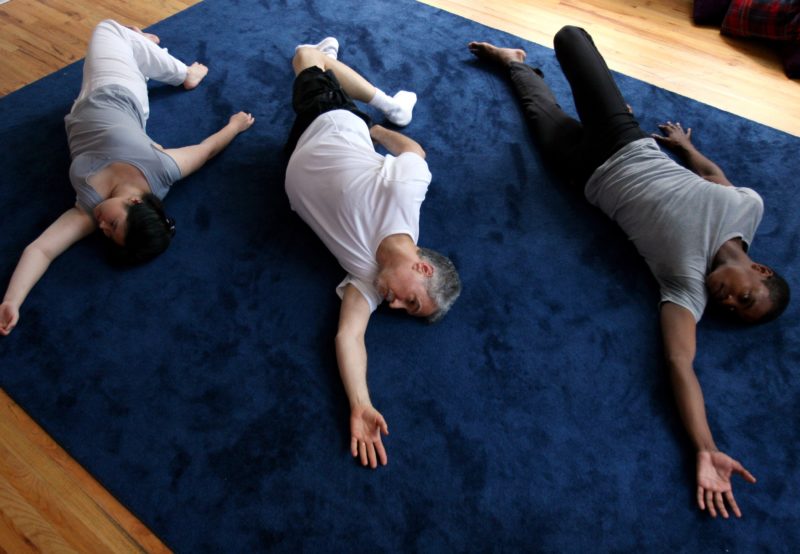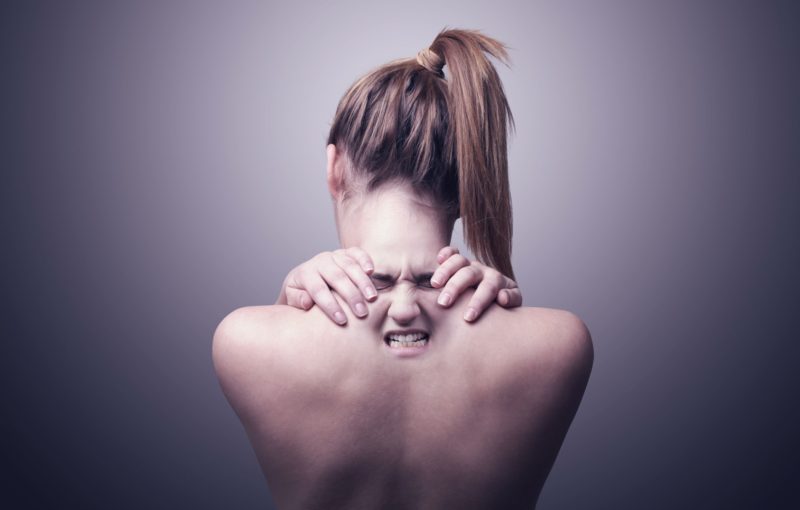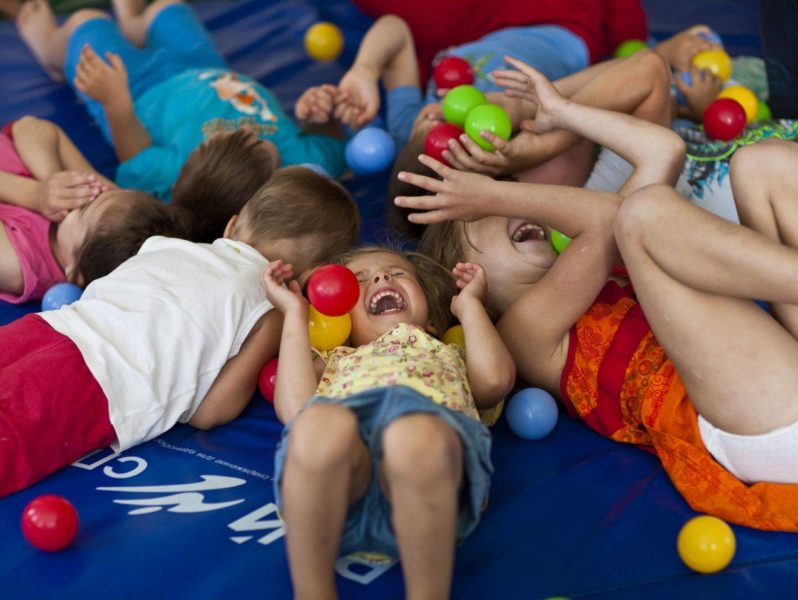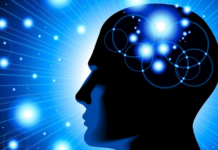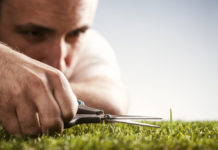The frantic pace of modern man’s life, constant stresses and fears against the background of insufficient rest lead to muscle tension, neurosis and mental disorders. Body-oriented therapy, a non-standard method of psychotherapeutic intervention involving contact with the body, will help to cope with emerging problems. Awareness of the connection between the spiritual, emotional and physical spheres of life is the key to solving most psychological problems.
Material Content:
What is body-oriented therapy
The direction of body-oriented therapy arose in the first half of the last century thanks to the scientific research of Wilhelm Reich - one of the students and followers of Sigmund Freud.
The basis of a completely new theory at that time was the assertion that suppressing strong emotions associated with anxiety or fear causes muscle cramps. Constant control over feelings does not allow a person to relax and gradually leads to neurotic disorders.
This changes not only the nature and behavior of a person, his facial expressions, gestures, gait, but also physiology, since muscle tension is a physical analogy of mental illnesses. As a result of the suppression of feelings, a muscular carapace is formed in the body that protects against emotional manifestations - crying, anger, laughter.
The only way to get rid of psycho-emotional oppression is to remove muscle clamps.Relaxation of tension areas allows the release of feelings. And for this you need physical contact with the body and a direct effect on the muscles.
Features of Lowen's theory
Reich's student, Alexander Lowen, continued to work in the direction of body-oriented therapy. His contribution to the development of the doctrine was the introduction of the concept of vital energy - bioenergy released by the application of therapeutic techniques.
In addition, Alexander Lowen was able to prove that bodily manifestations are associated with certain traits of a person’s character and have an intrapsychic nature. Lack of emotional discharge is the basis of most mental illnesses.
The methods of body-oriented psychotherapy developed by Reich and Lohen have been improved by their followers and have been successfully used to this day.
Who is indicated for treatment
The social appearance of a person often does not coincide with his true essence. The need to comply with certain stereotypes and rules makes people suppress their instincts, hide their natural impulses and perform actions that do not bring pleasure.
Lack of emotional freedom entails health problems such as the following:
- decreased or loss of sensitivity;
- restriction of motor activity;
- problems with coordination of movements;
- obsessive states;
- restraint in the manifestation of emotions or excessive emotionality;
- rejection of oneself due to weight problems;
- mental retardation;
- insomnia;
- constant tension, inability to relax, rest, distract from problems.
Psychological difficulties arise in victims of violence or people who have experienced loss and grief: they are haunted by psycho-emotional discomfort, fear of death and loss of loved ones.
The use of body-oriented therapy is relevant for all of these ailments, allows you to restore emotional balance and restore the joy of life.
Psychotherapeutic methods
An important goal of exposure with the help of body-oriented therapy is the possibility of a complete consumption of bioenergy accumulated by a person.
Therefore, each therapeutic session is aimed at performing the following tasks:
- help the patient to realize the sensations of his own body;
- to find out the relationship of the feelings, desires and needs of the patient with bodily disorders;
- teach the patient to cope with emotional discomfort and get rid of the consequences associated with it.
It is imperative that a person understands his problem and opens up to the free manifestation of feelings. Therefore, during the session, the patient gets the opportunity not only to identify and discuss problems of a physical and mental nature, but also to find ways to eliminate them.
At the first visit, a medical specialist assesses the degree of psycho-emotional disorders and prescribes a course of therapy. The duration of the course, the choice of methods and the degree of their impact are determined by the doctor individually.
The best solution to psychological problems is through exposure to the body. The main methods:
- breath regulation. With the right approach, this is an ideal way to get distracted, concentrate attention and relax as a result;
- exercises that increase the sensation of all parts of your own body - from heels to the head;
- massage and self-massage - a direct effect on the muscles effectively relaxes them, relieves tension and clamps, soothes the nervous system, eliminates pain.
The therapist studies the interaction of the body with the thoughts and feelings of a person, and then finds the causes of various problems.
Despite the fact that treatment involves compulsory conversations with a psychotherapist, in practice, body-oriented psychotherapy is expressed in physical procedures, because the essence of therapy is to work with the body.It is the body that is considered the key to find and fix existing problems.
Exercise complex
Specially designed exercises of body-oriented therapy are the basis of psychotherapeutic influence. In order for the course of treatment to be successful, the complex of procedures begins with exercises that allow you to feel your body. This condition is called “grounding” by specialists.
For this:
- need to stand up straight;
- push the chest forward a little;
- to reach the top of the head;
- imagine that the body rose slightly above the ground, and from the legs to the tops flowed energy;
- inhale, bend the knees slightly and without straining the pelvis, exhale.
This exercise is one of the easiest in body-oriented therapy.
The general complex of physical exercises provides for the phased opening of clamps in those parts of the body where they are most pronounced - in the face, neck, abdomen, pelvis or legs.
How to get rid of an injury
In the life of every person, situations periodically arise when experiences develop into emotional injuries. There can be many reasons for the appearance of traumatic impressions - shame for one’s actions, acute disappointment, severe pain, violence, disgust, need for security, lack of understanding or support of loved ones.
Often the cause of mental trauma is the negative experience gained in childhood. Sometimes people are unable to independently remember what event led to traumatic experiences.
To release emotions and bioenergy blocked in the distant past, psychotherapists use special techniques aimed at resolving not only the muscular, but also the psychic carapace of a person. Because you can get rid of the consequences of a traumatic situation only by fully living and completing it in your mind.
Body therapy techniques
The direction of body-oriented therapy continues to evolve and be enriched by modern copyrighted methods that allow not only to control your feelings, but also to get rid of the effects of stress on your own.
Not all of the techniques used are accepted by official medicine. Nevertheless, their influence on the personal growth of a person is not in doubt.
To understand your body and work with it, it is recommended:
- learn to feel and be able to relax - with the help of auto-training, meditation, relaxation;
- master various breathing techniques, including a coherent one, based on the absence of a pause between inspiration and expiration;
- resort to music therapy. Musical rhythms contribute to the return of a sense of harmony and peace;
- to understand the body - to be able to listen to the language of bodily sensations, to distinguish between impulsive reactions and genuine feelings;
- move - with the help of exercises, stretch marks, yoga, dance-motor therapy, martial arts;
- use physical contacts - deep study of muscles with the help of massage, as well as relaxing rubbing, stroking and pressing.
By distance from his body, a person loses the possibility of self-defense. Using methods and techniques of body-oriented therapy is the best way to normalize not only mental, but also physical health.
Release anger
The technique of dissolving the shell according to Wilhelm Reich provides three possibilities for the release of emotions:
- accumulate energy through properly organized breathing;
- eliminate muscle clamps - slow kneading, stroking, pinching and twisting movements and soothing swaying;
- provide the opportunity for expressive expression of feelings.
An integrated approach to treatment is considered universal, because it allows you to work out the problem and solve it. The alternation of different types of breathing, exercise, massage, alternating tension and relaxation of the muscles of the body, stretching, as well as elements of yoga can normalize physical health and get rid of accumulated emotions.
As a rule, emotional release occurs at the final stage of therapy. To release anger, psychotherapists also use the method of artificially creating situations of empirical experience of traumatic moments.
Closer to the roots of the problem allows you to re-evaluate it and get rid of painful memories.
The use of therapy for children
According to psychotherapists, most psycho-emotional problems arise against the background of childhood injuries and are psychosomatic in nature. To save the child from negative emotions, apply active and passive body-oriented therapy.
The active direction involves modeling situations that allow expressing accumulated discontent, fear, resentment or anger. Such events are playful in nature and are characterized by a positive attitude.
Passive therapy is aimed at bodily effects. The use of special techniques gives the child the opportunity to get rid of stress and calm down, to realize that he is supported and loved.
Body-oriented therapy methods are especially effective when applied to children experiencing emotional difficulties - aggressive or shy, withdrawn, insecure, conflicting.
For both children and adults, body-oriented therapy is an opportunity to rediscover oneself, to be reborn to a new attitude, forever dropping the burden of resentment, disappointment and loss.




